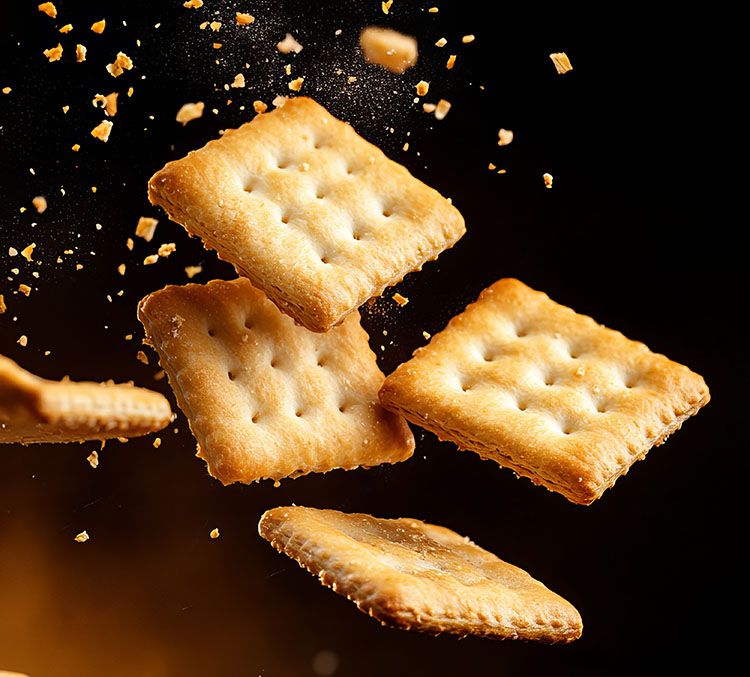
Two-stage mixing takes center stage
Two-stage batch mixing brings multiple advantages to industrial-scale baking. Two-stage batch mixing is especially suited to long-fermentation doughs, where structure and flavor are needed.
Two-stage batch mixing brings multiple advantages to industrial-scale baking. Two-stage batch mixing is especially suited to long-fermentation doughs, where structure and flavor are needed.
Chip Czulada embarked on a new role as the President of Reading Bakery Systems (RBS) at the beginning of 2024. He shares with Baking+Biscuit International magazine his view on the first six months at the helm of the company where he has been working for over 20 years.
Product waste in industrial bakeries can arise from several factors, each contributing to the overall inefficiency of the production process. Understanding these causes is crucial for developing strategies to mitigate waste.
Fully automating kneading and mixing is an ambitious endeavor, given the complexity of the process, and the diversity of raw ingredients.
The automated line designed by AMF Tromp can flexibly support a wide range of pies, either savory or sweet, in a baking tray, in foils, or in paper cups. They can bake the pie shells only, pies with the top opened or closed and pies with or without a lattice decoration. For (pre-)baking the pies, AMF recommends a Den Boer Multibake tunnel oven with impingement heating or a direct-fired system.
For industrial production, pizza lines are made to welcome any variations required. Accurate processes are a must for these flexible lines.
AMF Bakery Systems showcases solutions that support sustainable baking, including oven technology and smart services. New developments for bread lines, pizza systems and soft bread and bun production will also be presented.
Technological developments make continuous mixing a better option than batch mixing, especially so for high-volume production. High throughput continuous mixers are becoming the best sellers in this equipment category.
Over the years, advances in continuous mixing have been developed to improve ingredient metering, process controls and include specialized mixer designs and ultra-high capacity mixers. Compared to batch mixing, such technological developments make continuous mixing a better option than batch mixing, especially so for high-volume production.
Automated continuous mixing delivers real-time process assessment and consistency round the clock.
Requirements stemming from the product characteristics, the manufacturing needs, the facility and equipment line-up will influence how continuous mixing and kneading should be set up.
A continuous kneading and mixing process ensures all types of ingredients are mixed and kneaded in the optimum sequence to produce the desired product with consistent characteristics while saving time, resources and minimizing waste.

